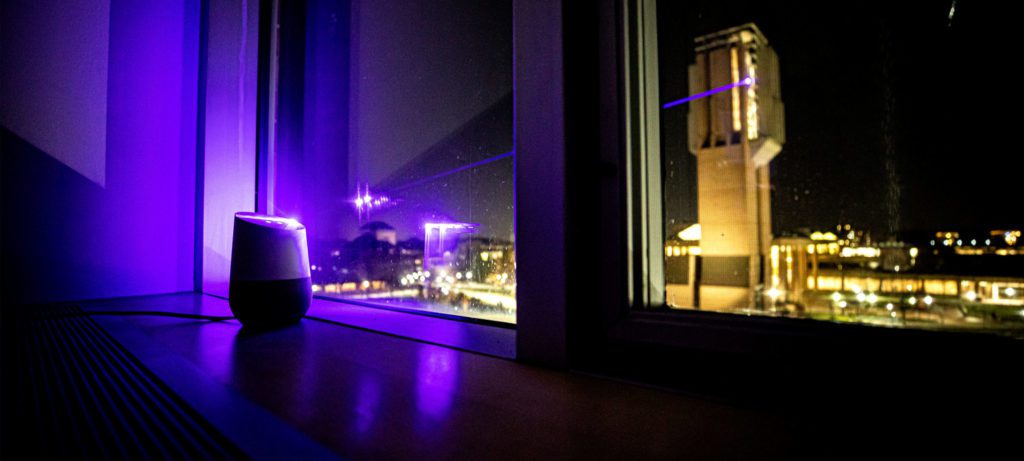The Michigan Game Studios database, developed by lecturer Austin Yarger, helps organize the state’s rapidly growing scene.


The Michigan Game Studios database, developed by lecturer Austin Yarger, helps organize the state’s rapidly growing scene.

Komma, a PhD student, is working to develop robust low powered localization technology for Artificial Intelligence enabled Internet of Things in locations where GPS is limited or blocked.

Roberts works to improve remote sensing of soil moisture, which is important for environmental conservation, natural resource management, and agriculture.

Microphones that “hear” light; microprocessors that “tell” us secrets; self-driving cars that “see” fake objects; sensors that “feel” the wrong temperature. Our devices are under attack in new, increasingly sophisticated ways. Security researchers at CSE are exploring the limits of hardware and finding new, sobering vulnerabilities in our computers and homes.

How automated guarantees that our most complex programs are secure and trustworthy can save us time, money, and anxiety.

Research led by Prof. Stephen Rand, Director of the Center for Dynamic Magneto-optics (DYNAMO), has important potential for energy conversion, ultrafast switching, nanophotonics, and nonlinear optics.
New study is the first in-depth analysis of the environmental performance and benefits of large-scale urine recycling relative to conventional wastewater treatment and fertilizer production.
The post ‘Peecycling’ payoff: Urine diversion shows multiple environmental benefits when used at city scale appeared first on Michigan Engineering News.
How a U-M computer science lecturer reimagined his software design class in a COVID-safe format.
The post Lessons learned from quick pivots to online education appeared first on Engineering Research News.
Measuring RNA from SARS-COV-2 allows for more accurate testing than similar methods.
The post More responsive COVID-19 wastewater test developed appeared first on Michigan Engineering News.

Rather than installing new “2D” semiconductors in devices to see what they can do, this new method puts them through their paces with lasers and light detectors.